Easy Money Here at Least Through 2014
Four years into a period of unprecedented monetary easing, policymakers are beginning to contemplate what it will take to reverse course.

When will the Federal Reserve pull the plug on the ultra-easy monetary policy that has driven its balance sheet to record heights? Not before year-end and possibly not until well into 2014, given the economy’s continuing slow recovery and the current low rates of inflation.
The U.S. central bank cut official interest rates, in effect, to zero in late 2008, amid the financial crisis. Since then, in a further bid to spur recovery and wrench down unemployment through successive rounds of “quantitative easing,” it has bought more than $2.5 trillion in long-term bonds, infusing liquidity into the economy.
In the process, the Fed’s balance sheet has swollen to $3.3 trillion and continues to rise by $85 billion a month, prompting questions about when and how the Fed will unwind that bulging portfolio. As Sung Won Sohn, economics professor at California State University’s Channel Islands campus, predicts, the process will take place slowly, in gradual stages, allowing the Fed to reverse course if it deems the economy to be doing too poorly. “I don’t think we’ll see the first hike in rates before late 2014 or into 2015,” says Sohn.
From just $107.88 $24.99 for Kiplinger Personal Finance
Become a smarter, better informed investor. Subscribe from just $107.88 $24.99, plus get up to 4 Special Issues

Sign up for Kiplinger’s Free Newsletters
Profit and prosper with the best of expert advice on investing, taxes, retirement, personal finance and more - straight to your e-mail.
Profit and prosper with the best of expert advice - straight to your e-mail.
The key question is, how does the Fed go about returning to a “normal” monetary policy once policymakers decide the time has arrived?
The first step will be to cut back bond-buying activities, likely to about half the current monthly pace (to $40 billion in long-term Treasuries plus $40 billion in mortgage debt). It’s possible, however, that the Fed might stage the reductions in smaller increments, over an extended period of time, if policymakers decide a large cutback might be disruptive to markets. The gradual approach would also give the Fed even more flexibility for changing course if the economic winds shift.
The next likely step will be to stop replacing securities in the Fed’s existing portfolio, allowing them instead to simply roll off the balance sheet as they mature, gradually reducing holdings. Once that strategy has been set in motion, if economic activity remains stable and improving, the Fed will begin selling off securities by offering them to investors in financial markets.
[EMBED TYPE=POLL ID=22730]
Only then is the central bank likely to begin hiking interest rates. That will require a normally functioning economy with sufficiently abundant jobs, spurring demand that is robust enough to handle higher credit costs. Also, prices must be rising swiftly enough to warrant costlier borrowing charges as a dampener on potential inflation pressures.
It’s a fairly high bar. The Fed has pledged to keep its target interest rate at or near zero as long as the jobless rate exceeds 6.5%, and inflation is projected to be no more than a half percentage point above the central bank’s long-term target of 2%. The national unemployment rate in April, 7.6%, was well above that jobless target and inflation, as measured by the Personal Consumption Expenditures price index, is only about half the target rate, with no signs of accelerating.
So what will it take to lead the Fed to start reversing its unconventional policy approach? Policymakers have offered some hints about the measures of activity they are monitoring, without being specific. And analysts note that some of the necessary conditions are fairly easy to guess.
“Employment rising for three consecutive months at a threshold of 200,000 a month or greater is one of them,” notes Steven Ricchiuto, chief economist at Mizuho Securities USA, adding that there would have to be a significant improvement in the labor market for the Fed to act.
Much heftier job creation also is the first condition that Stuart Hoffman, chief economist for PNC Financial Services Group Inc. in Pittsburgh, says must be met. “You likely need to see new-job creation averaging above 200,000 for a three- or four-month stretch,” he says. So far in the first four months of 2013, monthly employment gains have averaged nearly 196,000 but haven’t been consistent. And the unemployment rate remains well above the Fed’s target.
Other signposts important to the Fed include a longer workweek, since more hours worked typically are associated with increased production, leading to more hiring. The current 34.4-hour workweek is up from 33.6 in mid-2009, when the economy was in the doldrums, but it’s still only at about a 2006 level.
Policymakers will also watch real disposable personal income, which remains about 2% lower than in 2008 on a per capita basis. That’s not an encouraging sign because consumer spending fuels about two-thirds of national economic activity, and shoppers can’t spend if they’re not earning. Moreover, the odds favor softer growth in the second and third quarters, as the economy copes with uncertainty, stemming from reduced government spending and political dueling over everything from the debt limit to long-term budget deficits.
By late this year, however, momentum should begin building in the economy. It isn’t likely to be vigorous enough to prompt Fed policymakers to take the first steps this year. It’s even possible, as the Fed has acknowledged, that with price increases weaker than it feels are needed to grease the wheels of long-term growth, the central bank will continue to push up its aggressive bond-buying program before it begins to take it down.
Profit and prosper with the best of Kiplinger's advice on investing, taxes, retirement, personal finance and much more. Delivered daily. Enter your email in the box and click Sign Me Up.

-
 Should You Renew Your CD?
Should You Renew Your CD?With rate cuts impacting earnings, we examine if now is a wise time to renew CDs.
-
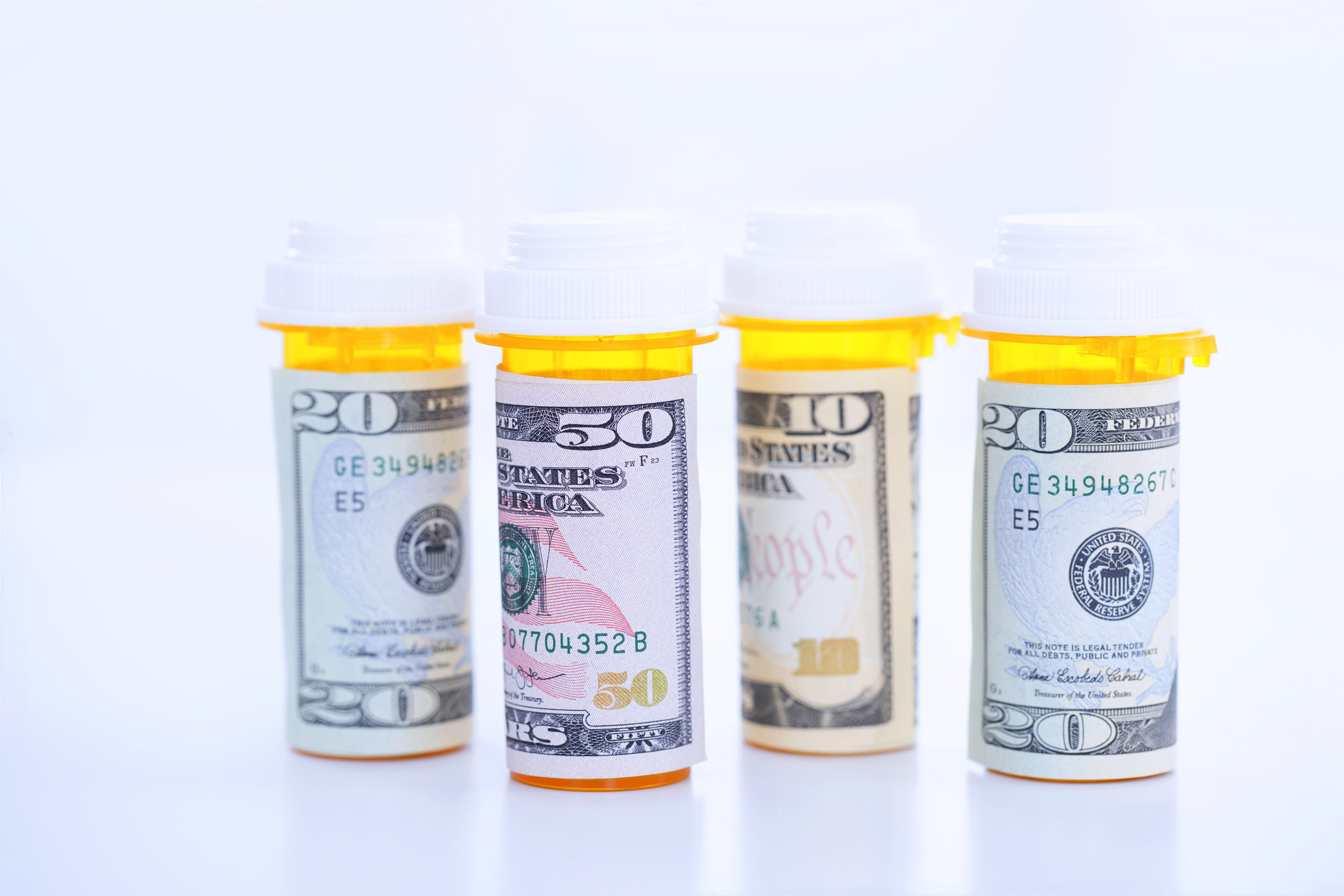 7 Ways to Plan Now to Save on Medicare IRMAA Surcharges Later
7 Ways to Plan Now to Save on Medicare IRMAA Surcharges LaterUnderstand the critical two-year lookback period and why aggressive planning before you enroll in Medicare is the most effective way to minimize IRMAA.
-
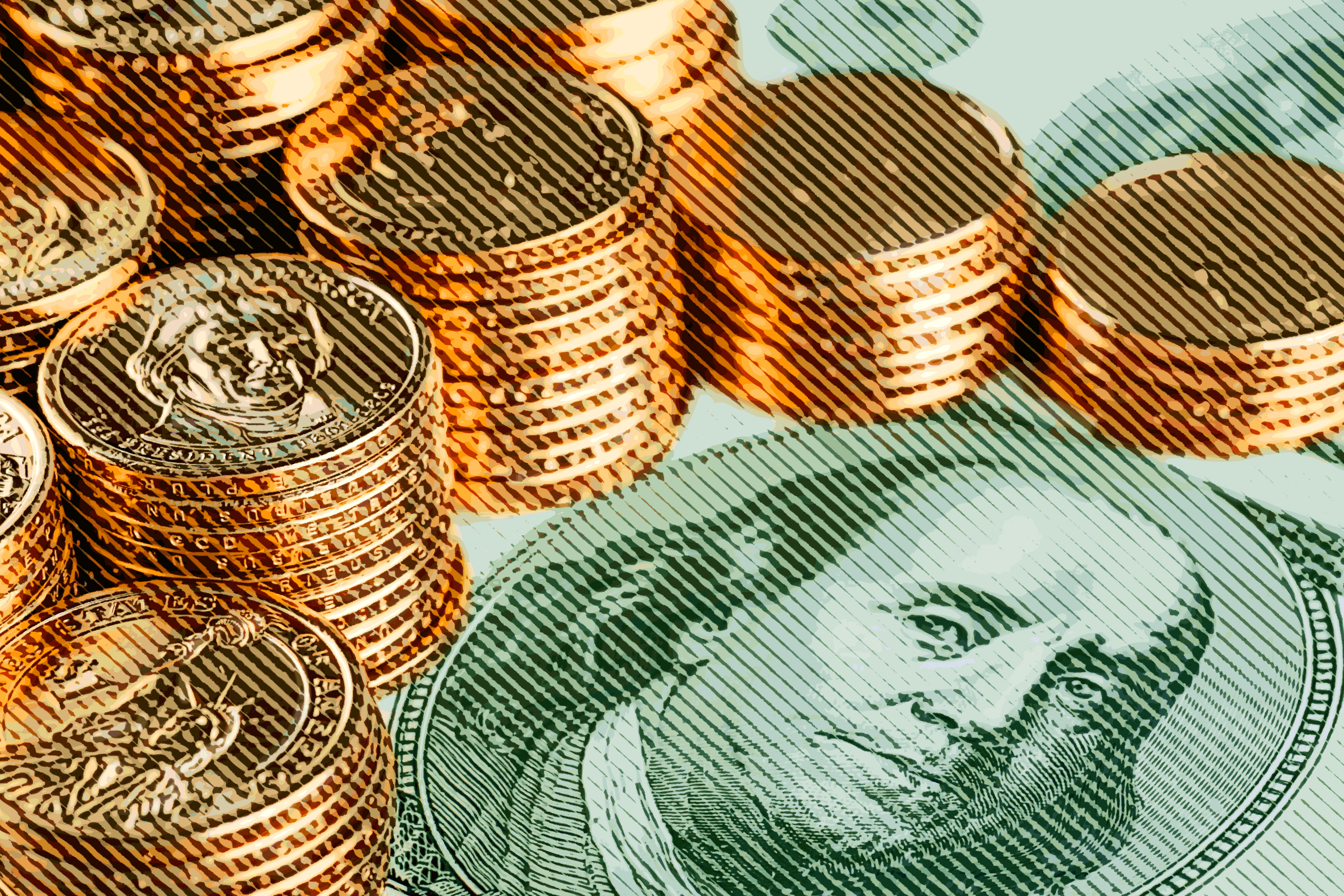 Law Reversal Looming? Trump Eyes 2026 Gambling Winnings Tax Change
Law Reversal Looming? Trump Eyes 2026 Gambling Winnings Tax ChangeTax Deductions It's no secret that the IRS is coming after your gambling winnings in 2026. But how long will that last?
-
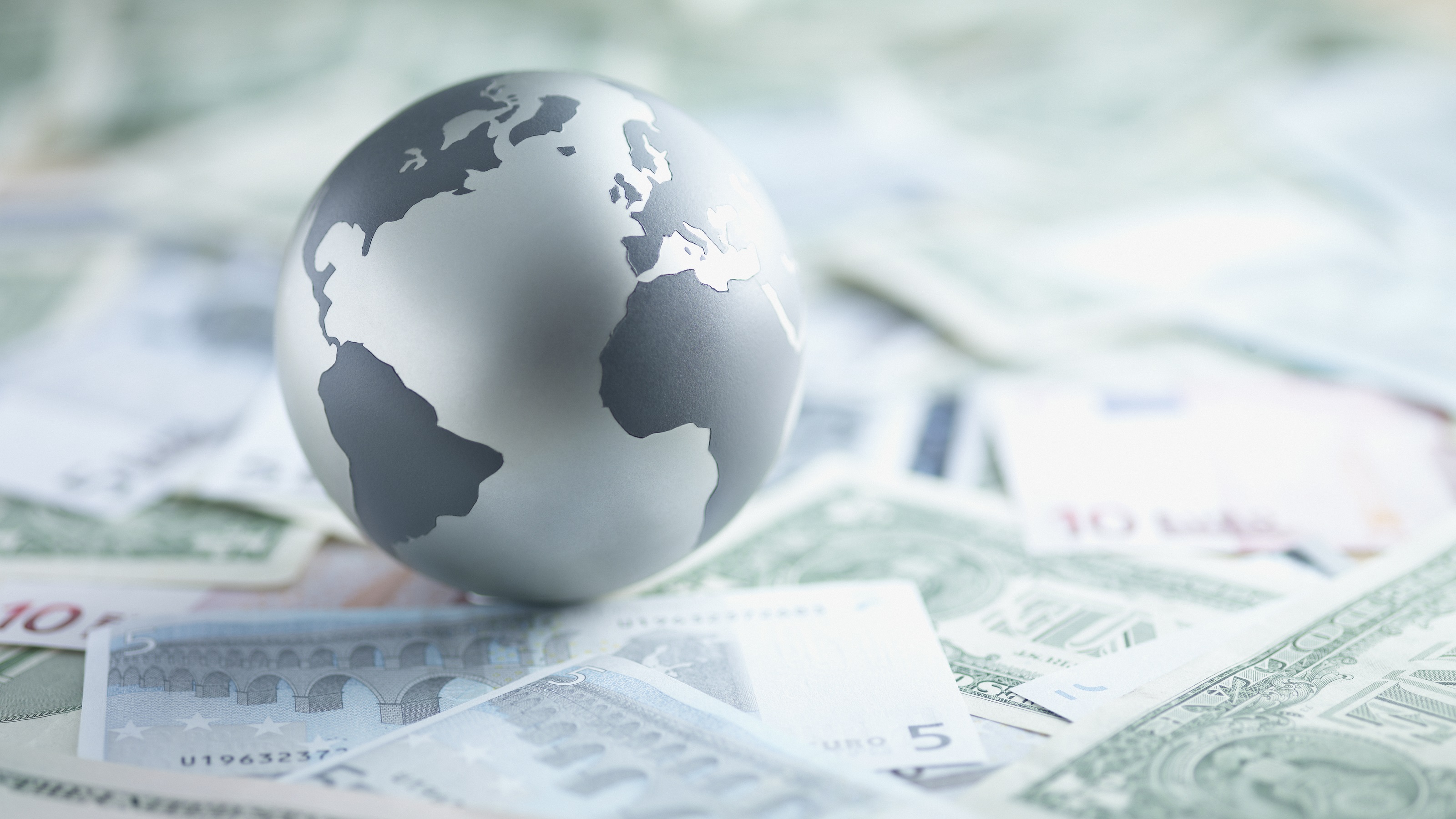 What to Expect from the Global Economy in 2026
What to Expect from the Global Economy in 2026The Kiplinger Letter Economic growth across the globe will be highly uneven, with some major economies accelerating while others hit the brakes.
-
 Amid Mounting Uncertainty: Five Forecasts About AI
Amid Mounting Uncertainty: Five Forecasts About AIThe Kiplinger Letter With the risk of overspending on AI data centers hotly debated, here are some forecasts about AI that we can make with some confidence.
-
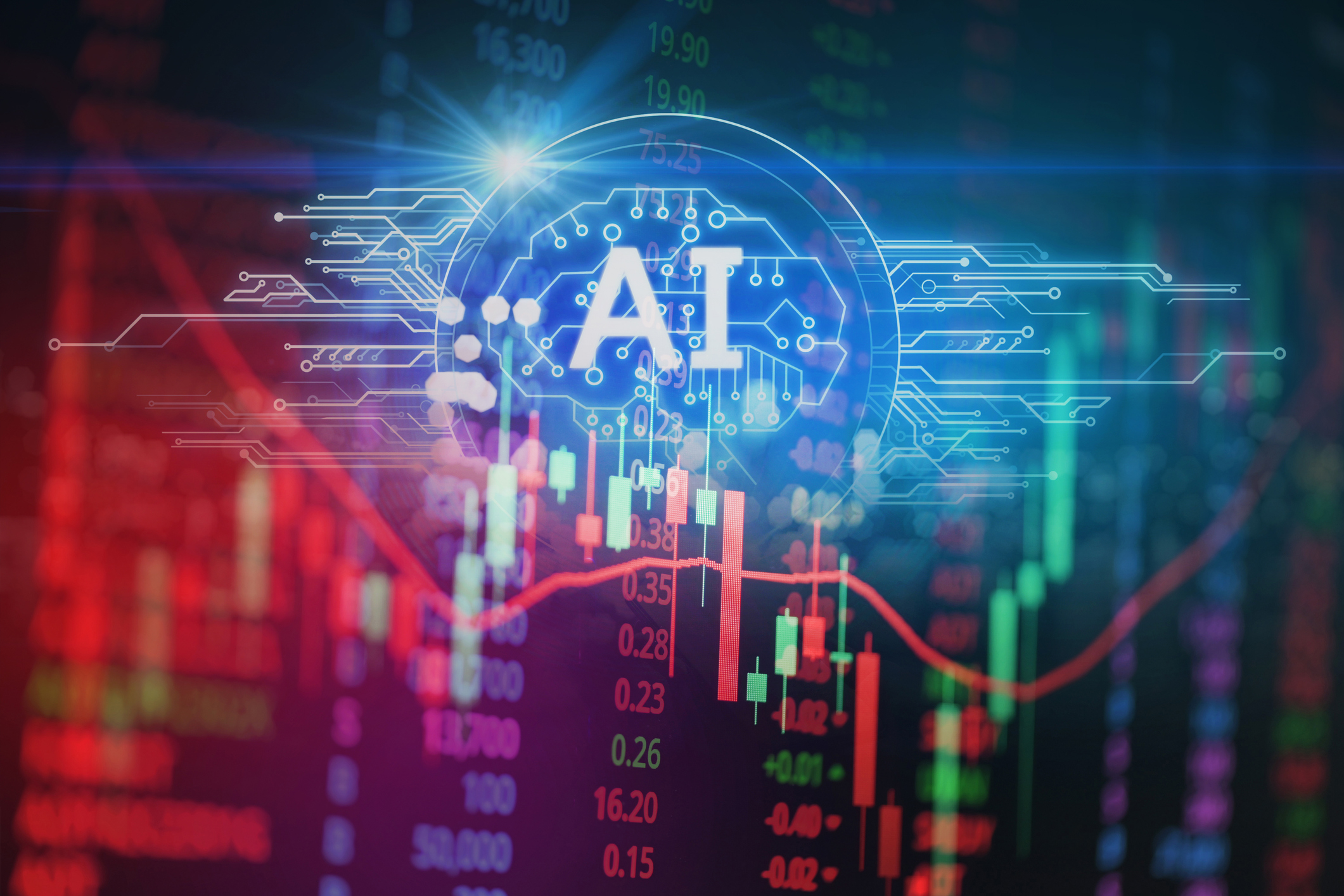 Worried About an AI Bubble? Here’s What You Need to Know
Worried About an AI Bubble? Here’s What You Need to KnowThe Kiplinger Letter Though AI is a transformative technology, it’s worth paying attention to the rising economic and financial risks. Here’s some guidance to navigate AI’s future.
-
 Will AI Videos Disrupt Social Media?
Will AI Videos Disrupt Social Media?The Kiplinger Letter With the introduction of OpenAI’s new AI social media app, Sora, the internet is about to be flooded with startling AI-generated videos.
-
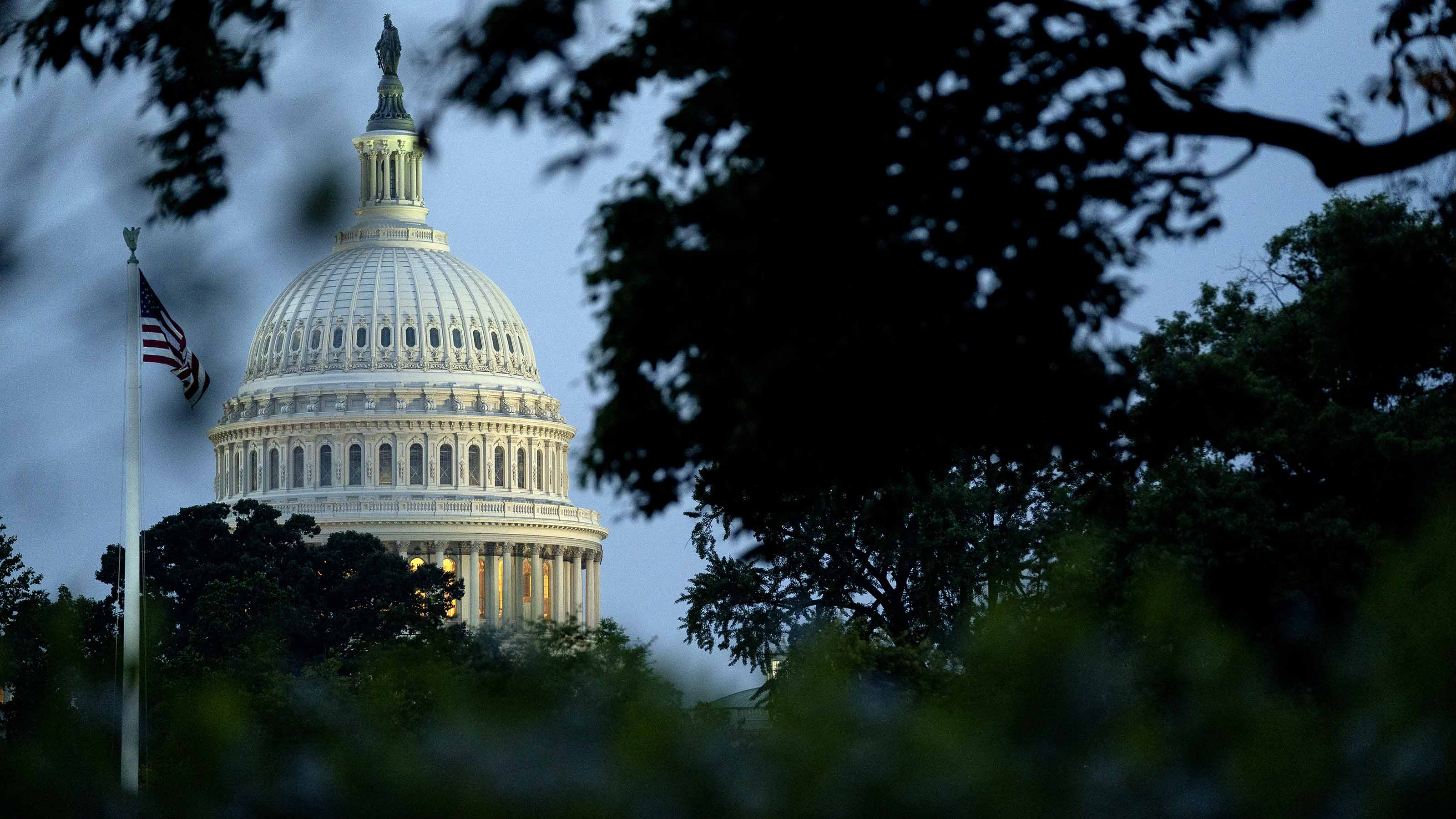 What Services Are Open During the Government Shutdown?
What Services Are Open During the Government Shutdown?The Kiplinger Letter As the shutdown drags on, many basic federal services will increasingly be affected.
-
 The Economy on a Knife's Edge
The Economy on a Knife's EdgeThe Letter GDP is growing, but employers have all but stopped hiring as they watch how the trade war plays out.
-
 Apple Readies for AI Upgrade with New iPhones
Apple Readies for AI Upgrade with New iPhonesThe Kiplinger Letter The tech giant has stumbled when it comes to artificial intelligence, but a new batch of iPhones will help it make headway.
-
 Japan Enters a New Era of Risk and Reform
Japan Enters a New Era of Risk and ReformThe Kiplinger Letter Japan has entered a pivotal moment in its economic history, undertaking ambitious policy and structural reforms to escape from decades of stagnation.